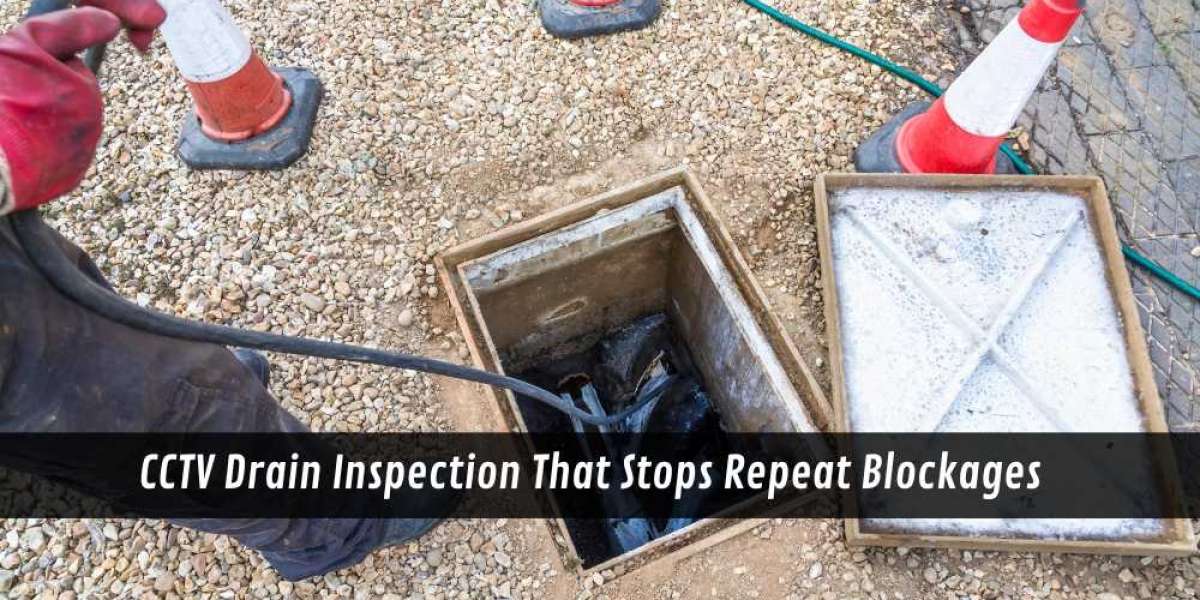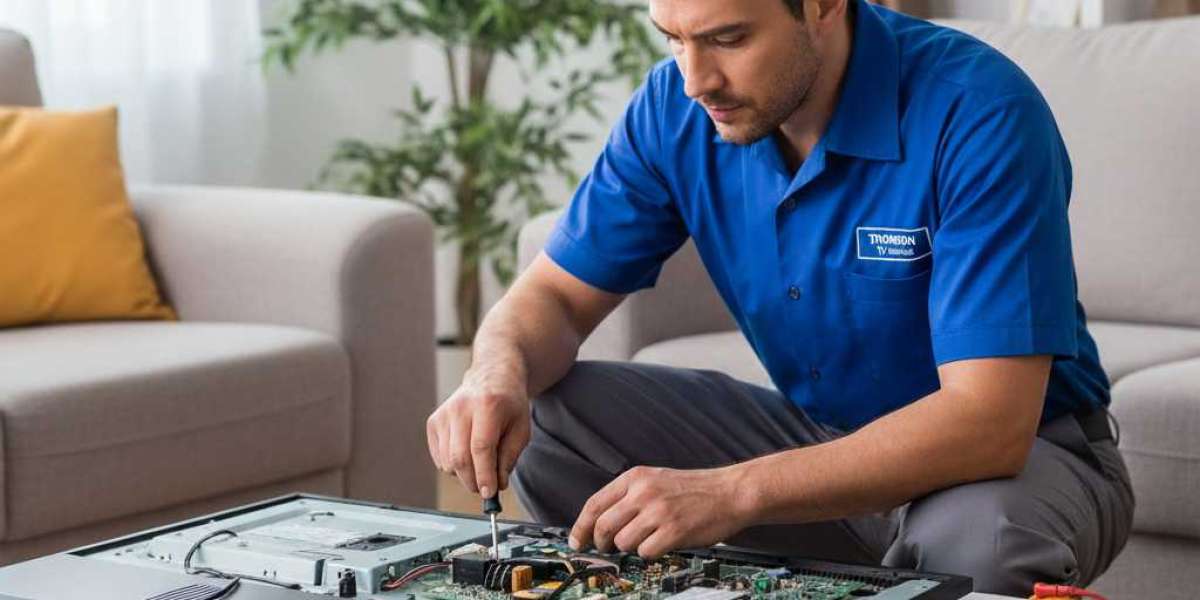CCTV drain inspection in Sydney provides clear answers before anyone picks up a wrench. When drains act up, guessing costs time, money, and patience. Camera footage removes the uncertainty by showing what’s wrong, where it sits, and how serious it is. Cracked joints, tree roots, or old obstructions are caught on video, allowing the fix to match the fault. That accuracy means fewer return visits, no half-done repairs, and a clear report insurers can rely on. Across Sydney’s mix of old clay lines and modern PVC systems, those images reveal the truth no assumption can. It’s the difference between patching a symptom and restoring a system that will last through the next storm.
How does CCTV prevent repeat blockages?
CCTV inspections prevent blockages from recurring by identifying the real cause instead of the surface issue. The footage shows weak points such as shifted joints, root intrusion, or pipe sections that sag, so repairs target the cause rather than treating the effect. This precision saves digging, repeat callouts, and unnecessary costs. Every scan records distance, depth, and location, helping repair crews work efficiently and confidently. Because it provides visual proof, there is no confusion about what was found or what needs fixing. For regular upkeep, our CCTV drain inspection checklist helps property owners keep small concerns from becoming major repairs.
- Identify the fault before digging
- Match the method to the damage
- Verify results with follow-up footage
What happens during a CCTV inspection?
A CCTV inspection uses a waterproof camera that moves through access points, recording a detailed view of the drain’s interior. As the camera travels, a distance counter pinpoints each defect precisely. We flush the pipe first for a clear view, then guide the lens carefully through every joint and bend. On-screen markers help map the layout to the ground above, making future work simpler and faster. Each obstruction, crack, or offset is photographed and logged with short notes attached to the report. The entire process is calm, methodical, and far less disruptive than excavation, allowing work to proceed with minimal interruption.
- Clean first for clearer visibility
- Record footage with location markers
- Log and photograph every issue found
When should we book follow-up CCTV scans?
Follow-up CCTV scans should be scheduled after repairs, major rain events, or when odours or slow drains return. They confirm that fixes hold and that the line remains clear over time. Routine checks are smart for older systems or shared lines that see constant use. These follow-ups protect the investment and help avoid costly after-hours emergencies, especially for kitchens, schools, and shared facilities. Over months and years, the footage becomes a health record for the pipe system, saving guesswork during future maintenance. Setting a steady schedule allows minor changes or regrowth to be handled early, not when flooding starts. Insight into effective upkeep is found through discussions on CCTV inspection maintenance practices.
Conclusion
Regular CCTV checks keep drainage systems dependable. They uncover problems before they turn expensive, back decisions with visual evidence, and extend the lifespan of existing pipes. For both homes and businesses, footage offers facts instead of assumptions. It provides confidence that every repair and clean has lasting value. In Sydney’s shifting weather, that bit of forward planning keeps water moving freely and emergency callouts off the weekend list.








